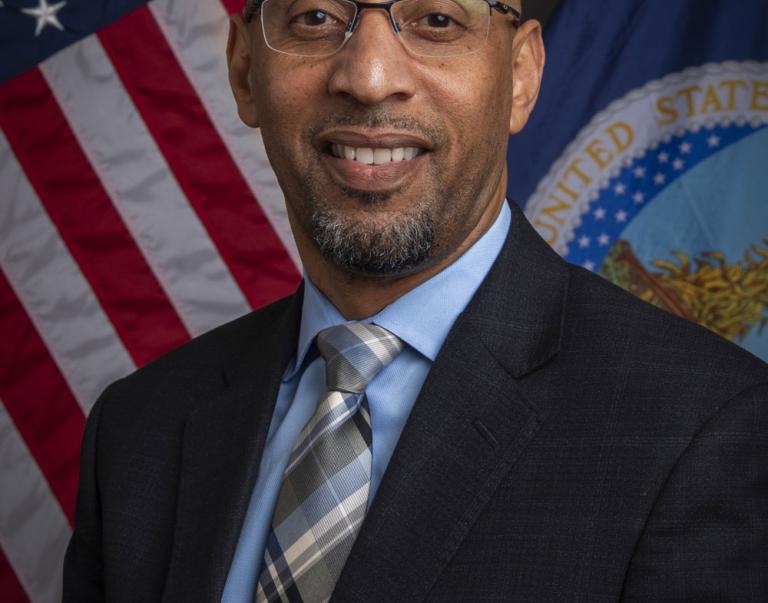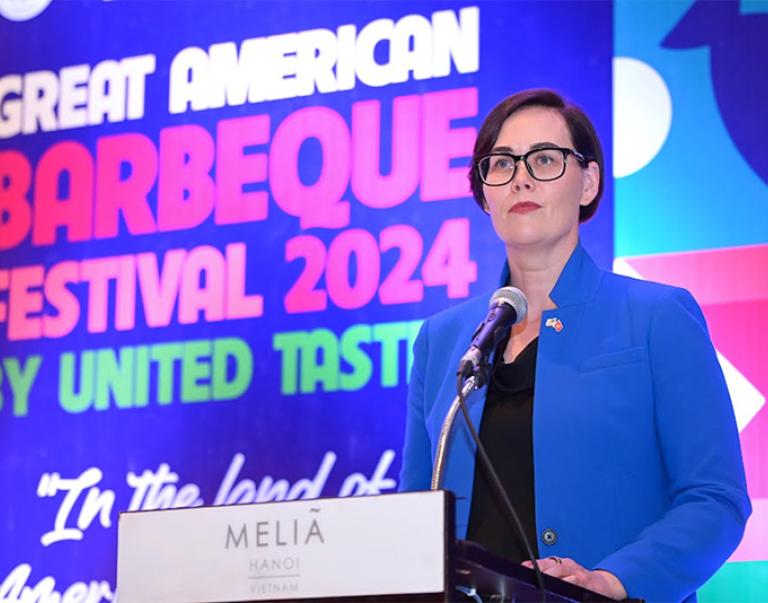
For young scientists, the years between completing a dissertation and becoming established in your field of research is sometimes an isolating time. The scholarly support of coursework is behind you just at the moment when you have refined your area of expertise. As a research social scientist with the U.S. Forest Service’s New York City Urban Field Station, I wanted to help bridge that gap by fostering a network of young scholars and engaging them in New York City as a living laboratory for urban research.
For three days, the Urban Field Station, located at Fort Totten in Queens, New York City, served as a home base for scientists participating in a workshop titled, “Urban Natures: Engaging Social Science Perspectives.” The workshop was a rare opportunity for Ph.D. candidates and early-career faculty members in disciplines including geography, environmental psychology, natural resource management, and environmental studies, to explore the connections between research and practice in social-ecological systems in a peer-to-peer setting.
Aside from being surrounded by skyscrapers and served by public transit, the Urban Field Station functions much like the Forest Service’s experimental forest network. Visiting scientists and educators from universities in the U.S. and Canada stayed at Fort Totten, a former military post that now provides bunk beds and research space for urban natural resource scientists. Together, we spent three days sharing research, meals, stories and a van, traveling to the far corners of New York City’s outer boroughs to explore different forms of urban nature.

In Queens, we contemplated how urban natural areas reflect public desire for restoration and nearby-nature while visiting Kissena Park’s young urban forest and a more mature forest in Alley Pond Park. In the maritime scrub-shrub environment of Marine Park in Brooklyn, we practiced methods of field observation in what one participant dubbed a “social science scavenger hunt.” To learn about community resilience, we visited Tribute Park, a waterfront site in the Rockaways peninsula that was created by the community as a living memorial after Sept. 11 and took on additional meaning following damage sustained in Superstorm Sandy. In the Rockaways, we worked with Sandy Storyline in an interactive session about storytelling and oral history to explore the intersections between journalism and qualitative research.
Many of us at the New York City Urban Field Station, including ecologist Nancy Sonti, shared our work associated with the MillionTreesNYC campaign, NYC Department of Parks & Recreation, and the Natural Areas Conservancy, which co-sponsored the workshop. Participants shared other models of engaged research, including TreeKit – a citizen science tree mapping project—and the film Limbwalkers –about the lives and stories of arborists.
Encounters with urban natural resources were not all work. Musical banjo breaks, a few solo walks, and a trip to the beach all allowed us to experience nature not only as analytical scholars, but as human beings in the world. All of the Totten Fellows plan to return in six months to continue our collective journey.




